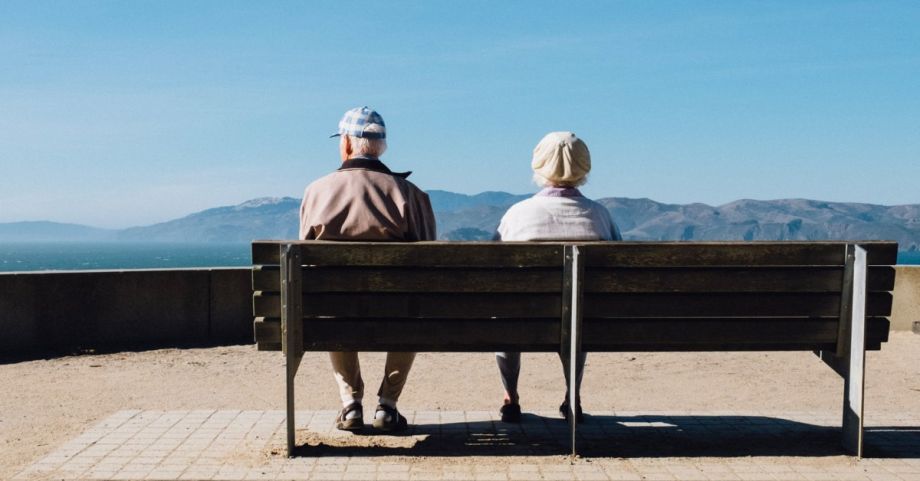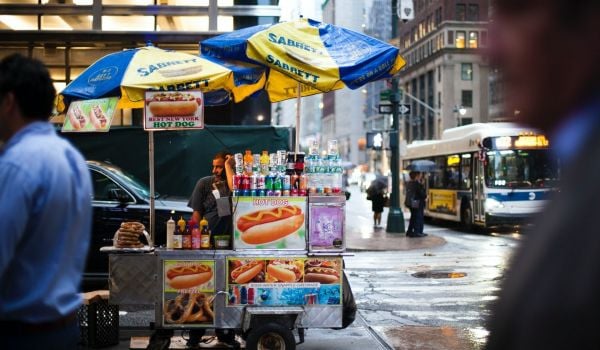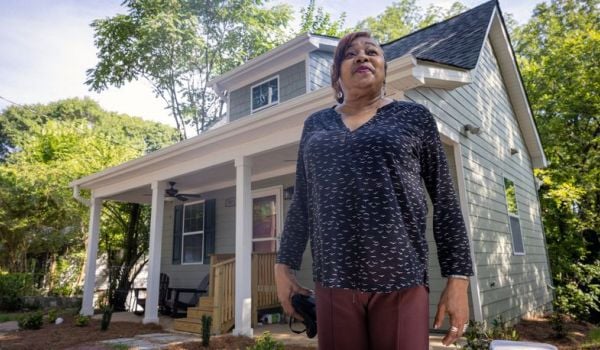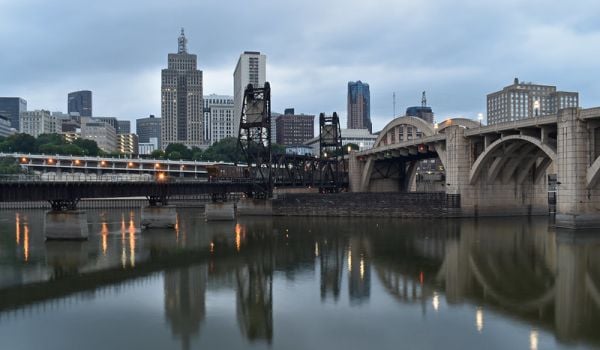As cities around the country begin to reopen following the pandemic, the time has come to examine how our most vulnerable citizens — those over age 65 — can safely regain use of places that are among the most critical settings of their everyday lives: neighborhood public spaces.
As researchers of public space and aging based in New York City and Los Angeles, we worry about the well-being of the thousands of older adults who have been spared from the pandemic but remain stuck at home to cope with loneliness and fear. Hand hygiene and wearing of a mask provide too little assurance for older people seeking to reenter the public realm. More definitive action is needed.
During the COVID-19 lockdown, it has been impossible for older people to engage in even simple activities such as walking to a neighborhood park or sitting and reading a book on a public bench. Nor could seniors gather to socialize, exercise or simply watch life go by in so-called third places such as cafes, barbershops, community gardens, malls and cafeterias. Now, these valued venues are beginning to reopen, but the fear of infection looms for older adults. Their participation in daily activities enjoyed by others will be slow or nonexistent without interventions in public space policies and practices.
Concerns about safety are especially troublesome for older residents in urban areas. Here are some examples:
-
Rebecca, 65, lives in a low-rise building in Brooklyn. She avoids the elevator in case other people use it and takes the stairs; but when she arrives at the street, it is too crowded to safely walk to the nearby park. One early morning she ventured out to Prospect Park, but found it crowded with young people not wearing masks. She just turned around and went home.
-
Eighty-year-old Harold, who lives near Times Square where automobile traffic has been rerouted, can’t find a place to rest because chairs have been removed to discourage gathering. He lives too far to walk to a park, and worries about taking the subway to visit one.
-
Standing in line under the hot sun to enter a supermarket in Los Angeles is too tedious for 85-year-old Ed. After 10 minutes of waiting, he decides to go back home without the loaf of bread and bottle of milk that he came to buy.
-
Maria, 70, hopes to restart her housecleaning job when the city reopens but worries about the crowded bus she would need to take to her work in the Larchmont neighborhood near downtown Los Angeles.
How can we reopen our cities with the needs and fears of these and other older adults in mind?
Grocery stores have shown us one way. They have created special hours for older patrons to shop without the fear of bumping into crowds, but they could go further — retrofitting parking lots and waiting areas with more seating and shade that would allow older people to wait comfortably in line. Older and most vulnerable citizens could be given special privileges in parks and on public transit by designating benches and special compartments on transit vehicles for their exclusive use.
During this time that the risk for infection from the virus is real, why not establish early-morning hours as seniors-only at popular neighborhood parks and some beaches — or designate areas of the park for their exclusive use? Benches can be spaced safely apart for socializing. Similarly, the first car of subway trains and the front section near the driver in buses could be designated for vulnerable populations except during rush hours.
Streets are more difficult to rearrange in ways that offer safe walking and shopping for seniors, but options do exist. In New York City, Mayor Bill de Blasio has dedicated seven miles of streets to pedestrians and cyclists, and he plans to designate 100 miles in all to promote physical distancing during the pandemic. A similar strategy can work in Los Angeles, a city that has a plethora of streets for cars, but narrow and often-nonexistent sidewalks for pedestrians. Some of this street space can be allocated for older adults during specific hours for walking. Benches can be added for resting and comfort.
Simple, affordable steps like these will ensure that when we are reorganizing our built environment and social world as a result of the pandemic, we also are taking into account the lingering fear and isolation that threatens the well-being and health of the most-vulnerable citizens — our seniors.
Setha Low is distinguished professor of anthropology, geography and environmental psychology at The Graduate Center, City University of New York. Anastasia Loukaitou-Sideris is associate dean of the UCLA Luskin School of Public Affairs and a professor of urban planning.
















